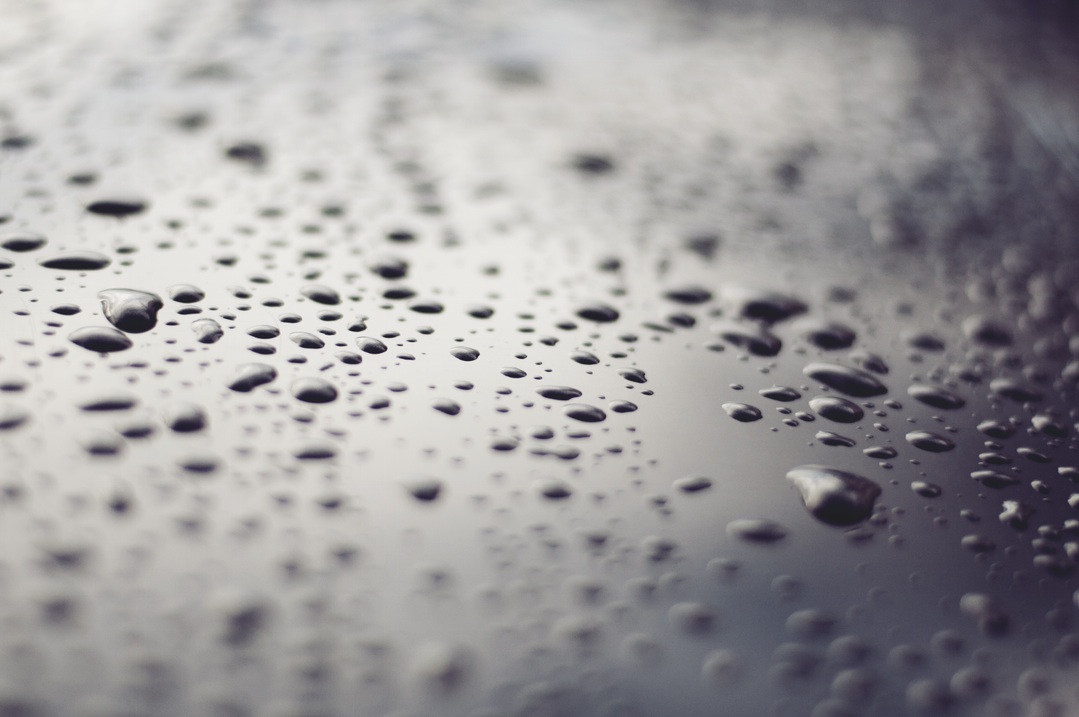Hail is a natural phenomenon experienced in most parts of the world at some point in time. Hail is formed in strong thunderstorm clouds when an intense updraft combines with a high liquid water content. Hailstones can increase in size as more water freezes onto their surface. Hail varies in weight as well as size-from half a centimetre in diameter to that of a grapefruit. The size and intensity of hailstones impact the degree of damage they cause, especially to vehicles, aircrafts, buildings, crops and livestock. Hailstorms cause cracks in buildings and leaks in rooftops-which bear the brunt of hailstorm damage more often than not.
Due to the intensity of storms attributed to some catastrophic weather events, onsite catastrophe (CAT) adjusters are likely to encounter the effects of hailstorms. Roofs are constantly exposed to the elements and subject to wear and tear. Because of this, the use of proper documentation practices to identify and capture the true hailstorm damage greatly assists in coverage determination. Following are some best practices in documenting the physical damage of hailstorms during a catastrophic event.
- Secure photos of all elevations or sides of the building.
- After climbing onto a roof, take a photo of the pitch with a pitch gauge placed along the bottom edge of the roof. Smartphone apps can be used to assist-just make sure you are in a safe place before opening any application.
- Use a shingle gauge to measure the thickness of the shingle, which helps identify the weight and quality of material.
- Lift the corner of the bottom row of shingles, and take a photo to show the type (or absence) of underlay. This will assist in capturing the existence of any eave starter.
- Once on the roof, carefully examine all areas of the roof, marking a 10-by-10-foot square with chalk. Circle the hail hits. Just outside of the square, mark the number of hail hits with an “H.” For example: For a 10-by-10-foot square with eight hail hits, record “H = 8,” and take a photo of this along with the square.
- Take numerous close-up photos of shingle damage-especially impacts that damaged the shingle matting (backing).
- Take photos of the roof and valleys. This will help you determine whether there is a metal valley or if it is woven with shingles. It is recommended that you take photos of all soft metals and damages.
- Photograph all vent stacks, roof vents, satellite dishes, eaves, troughs, fascia, cupolas, weathervanes, etc. This will help you identify all of the roof’s building components.
- Carefully photograph siding damage, and include numerous close-up views. Align a measuring take with the siding to accurately capture the profile. This can be horizontal or vertical.
- Ask the policyholder about the age of the roof and siding, as well as the make and supplier. This will help you determine a similar kind and quality of material if needed.
Mike Koch
National Property & Catastrophe Manager
Crawford & Company
References: “Hail.” Basic Planet. http://www.basicplanet.com/hail/ (Nov. 18, 2015);
“Hail.” Public Safety Canada. http://www.publicsafety.gc.ca/cnt/mrgnc-mngmnt/ntrl-hzrds/hl-eng.aspx (Nov. 18, 2015).
This newsletter is a publication of Southern Loss Association, Inc., P.O. Box 421564, Atlanta, GA 30342. The articles written in the newsletter are in a general format and are not intended to be legal advice applicable to any specific circumstances. Legal opinions may vary when based on subtle factual differences. All rights reserved.

